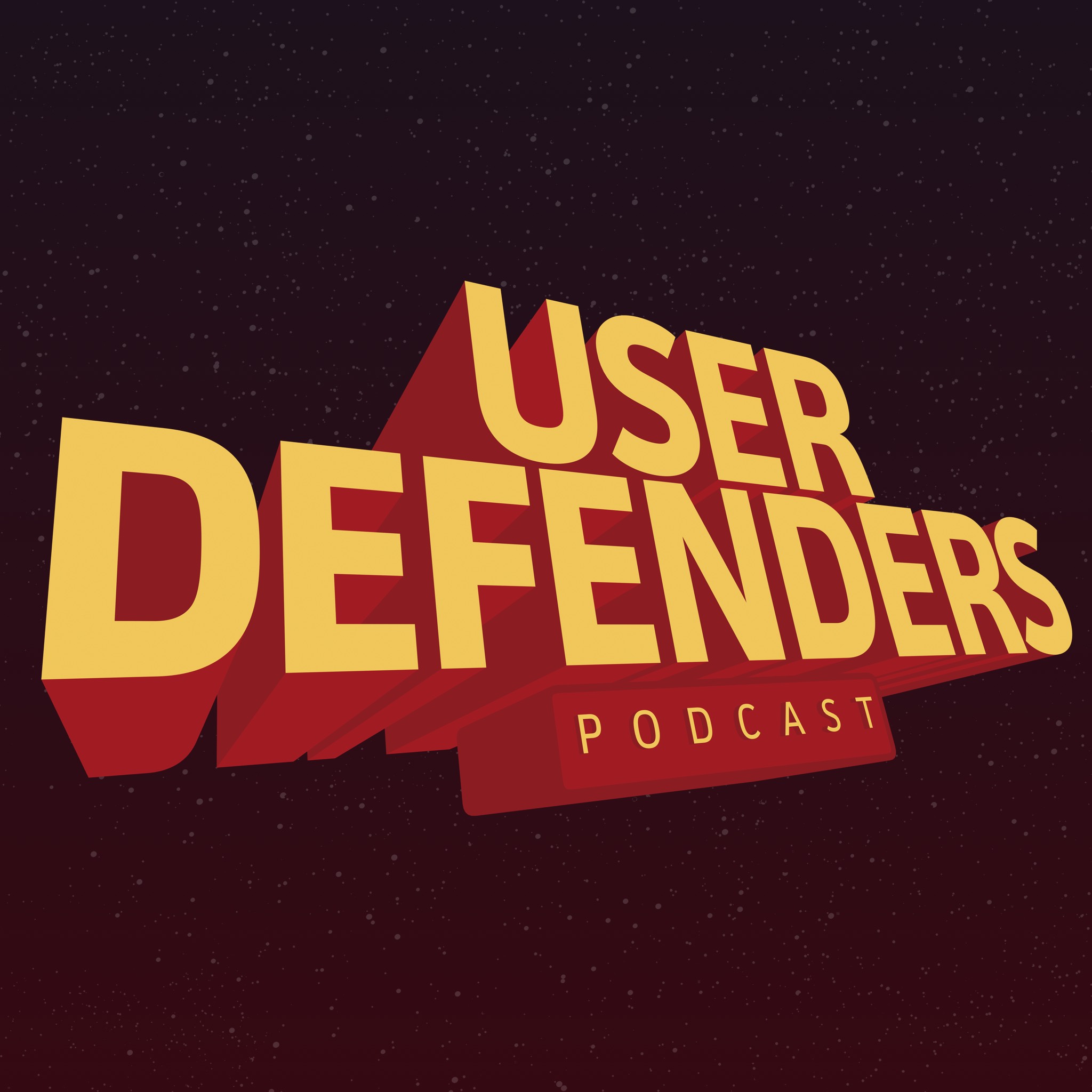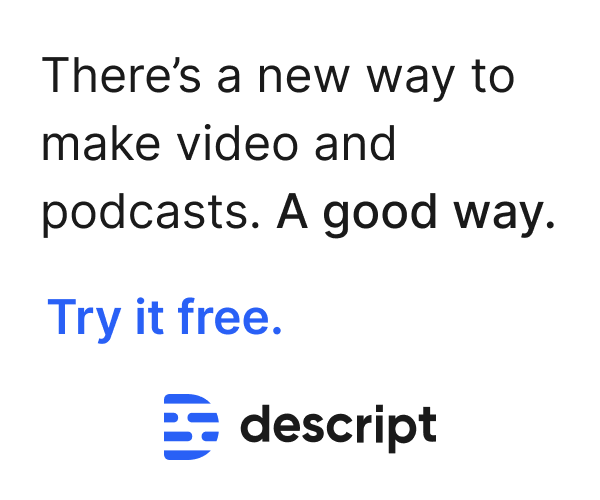


Josh Clark inspires us to not forget to splash in puddles and give ourselves permission to play in our work. He encourages us to not just tell our story, but to find out our users’ story and craft our experience and technology around that. He also shares with us that the things we make are not who we are and to think deeply about what kind of world we want to make…because we’re the ones shaping it.
Josh Clark (“Dr. Touch”) is a designer specializing in mobile design, strategy and user experience especially as it relates to touch. He’s the founder of the powerful design laboratory Big Medium (formerly Global Moxie). He’s the author of five books including the O’Reilly published Tapworthy and the newly released A Book Apart published “Designing for Touch”. He’s also a prominent blogger and speaker, the creator of the popular Couch to 5K running program, and he happens to be Maine’s 11th strongest man.
LINKS
Josh’s Website
Josh’s Twitter
[RESOURCE] Spending time with people.
[BOOK] Enchanted Objects
[BOOK] Designing Connected Products
[BOOK] The Circle
SUBSCRIBE TO AUTOMATICALLY RECEIVE NEW EPISODES
Apple Podcasts | Spotify | Pandora | Amazon Music | Stitcher | Android | Google Podcasts | RSS Feed
USE YOUR SUPERPOWER OF SUPPORT
Here’s your chance to use your superpower of support. Don’t rely on telepathy alone! If you’re enjoying the show, would you take two minutes and leave a rating and review on Apple Podcasts? I’d also be willing to remove my cloak of invisibility from your inbox if you’d subscribe to the newsletter for superguest announcements and more, occasionally.
SUPER-CRED
Artwork by Cesar Lemus | Editing by Chris Combs | Music by Wyman Gentry
THEME
Find out their story and tuck our technology into that rather than imposing our story on people. We’re over-engaged. Our technologies are really distracting and they’re designed for addiction. On average we’re looking at our screens 3hrs 16min per day. That’s 20% of our waking lives that we spend gazing into our little glowing rectangles. Everyone’s trying to problems with screens means we can’t escape screens either. How can we start to find the stories of peoples lives where technology can dip in just as it’s needed and get out of the way just as quickly instead of trapping people’s attention with external stories.
DESIGN SUPERPOWER
My ability to leap boundaries between platforms. I can bound between phone and watch and burst through the walls of physical and digital.
FUTURE OF UX
I think that it’s not about screens. I think that we tend to think that our job is to design screens. That’s not what our job is, that’s the form that it’s taken for the last few years. Our job is designing how people interact with information and that point of interaction is changing and exploding. Maybe the room will be wired in a way that will passively understand what I want to do. Or the objects I wear or manipulate that these are gonna become interfaces. We’re also seeing things like speech, natural gesture, camera vision all these different ways that machines can gather input, which means that the output will be different too. While we’ve kind of traditionally understood everything about talking to a screen, our digital API’s have been attached solely to screens, we’re now entering this world where we’re getting physical interfaces from those API’s. If you thought designing an interface for both mobile and desktop was hard, think about designing an interface for everything in the room or for the room itself. What it means is having a really large sense of what the physical context is for somebody in a place, what they’re doing in that space, how they’re feeling in that space. Much more than just sort of how they are confined in a two-dimensional environment. We’re having to think in 3D or if you add time in 4D how this works. Our job is about to become a lot more complex, but also a lot more intimate and a lot more intwined in peoples lives which means that we ned to really apply good values and thinking about what we’re building and to what end because this stuff is gonna start to enter into the most intimate spaces of our lives and homes and even our bodies.
BEST ADVICE
Think about the people you’re designing for. What are the needs that they have. The best way to find out is to talk to them and observe them. They may not necessarily be able to articulate it what they need, but by sort of watching them in their lives you’ll see where they have problems that need to be solved. Think about what kind of world do you wanna make, because we are shaping the interface to information and to one another in ways that are going to be increasingly intimate. So, be thoughtful about the values you want to embed in your systems because software is political, it’s ideological and has a point of view. Think about the kind of company you want to work for and the kind of services you want to create to make the world better. Listen to people and think about how to help them.

